| Visita Zipolite - X Visita Zipolite · @Visita_Zipolite · #Repost del día  presentado por #PeterPanZipolite presentado por #PeterPanZipolite  Foto no actual • gabii.rf14 ️El olor del verano ... Foto no actual • gabii.rf14 ️El olor del verano ... |
.jpeg)
Budget, Backpackers, Surfers, Beach Lovers, Naturalist, Hippie, Sun and Sand worshipers, Off the Beaten Path Paradise! Everyone is welcome at Zipolite!
Playa Zipolite, Oaxaca, Southern Mexico, on the Pacific Ocean. A little bit about my favorite little get-away on this small world of ours.Zipolite, a sweaty 30-minute walk west from Puerto Angel, brings you to Playa Zipolite and another world. The feeling here is 1970's - Led Zep, Marley, and scruffy gringos.A long, long time ago, Zipolite beach was usually visited by the Zapotecans...who made it a magical place. They came to visit Zipolite to meditate, or just to rest.Recently, this beach has begun to receive day-trippers from Puerto Angel and Puerto Escondido, giving it a more TOURISTY feel than before.Most people come here for the novelty of the nude beach, yoga, turtles, seafood, surf, meditation, vegetarians, discos, party, to get burnt by the sun, or to see how long they can stretch their skinny budget.I post WWW Oaxaca, Mexico, Zipolite and areas nearby information. Also general budget, backpacker, surfer, off the beaten path, Mexico and beyond, information.REMEMBER: Everyone is welcome at Zipolite.ivan
| Visita Zipolite - X Visita Zipolite · @Visita_Zipolite · #Repost del día  presentado por #PeterPanZipolite presentado por #PeterPanZipolite  Foto no actual • gabii.rf14 ️El olor del verano ... Foto no actual • gabii.rf14 ️El olor del verano ... |
.jpeg)
| Στην Ελλάδα μία από τις καλύτερες παραλίες γυμνιστών στον κόσμο! - MAG24 Playa Zipolite, Οαχάκα, Μεξικό; Metsoke Dragot, Ισραήλ; Praia Massarandupió, Μπαΐα, Βραζιλία; Vecaki Beach, Ρήγα, Λετονία; Haulover Beach Park, Μαϊάμι ... |
| Zipolite: playa nudista en Oaxaca reconocida por su ambiente libre y diverso - PubliMar Zipolite, Oaxaca. – Ubicada en la región de la Costa de Oaxaca, Zipolite es conocida por ser la única playa nudista oficialmente reconocida en ... |
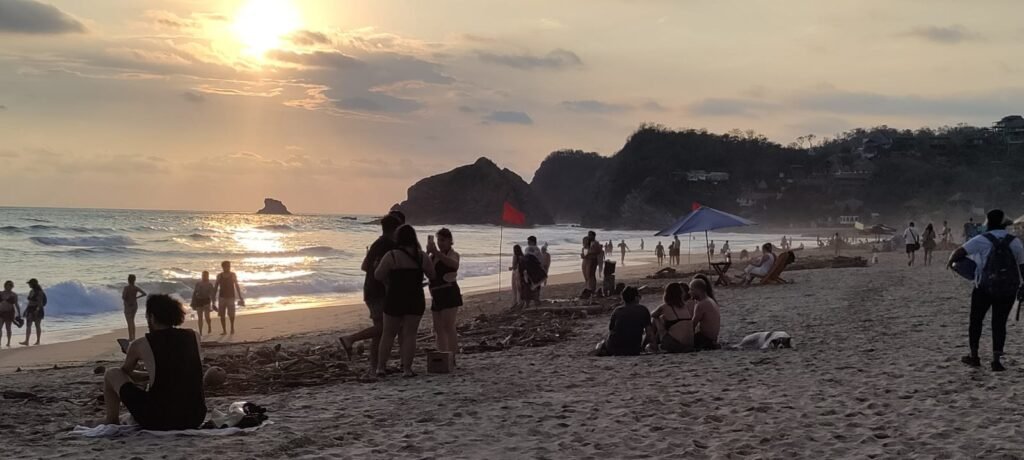
Zipolite, Oaxaca – Located in the Oaxaca Coast region, Zipolite is known for being the only officially recognized nudist beach in Mexico . This destination has established itself as a meeting point for people seeking a relaxed, diverse, and unconventional environment.
For decades, Zipolite has been visited by national and international tourists who value privacy, contact with nature, and freedom of personal expression. The area maintains a bohemian atmosphere , with rustic inns , beachfront cafes , and spaces dedicated to practices such as meditation and yoga.
The sea conditions allow for activities such as surfing and coastal scenery. In the evenings, outdoor cultural and recreational activities are common.
Every February , the beach hosts the Zipolite Nudist Festival , an event that promotes respect for the body, tolerance and coexistence in an environment without discrimination.
Zipolite is part of the municipality of San Pedro Pochutla and is located a few kilometers from other tourist destinations such as Mazunte and San Agustinillo.
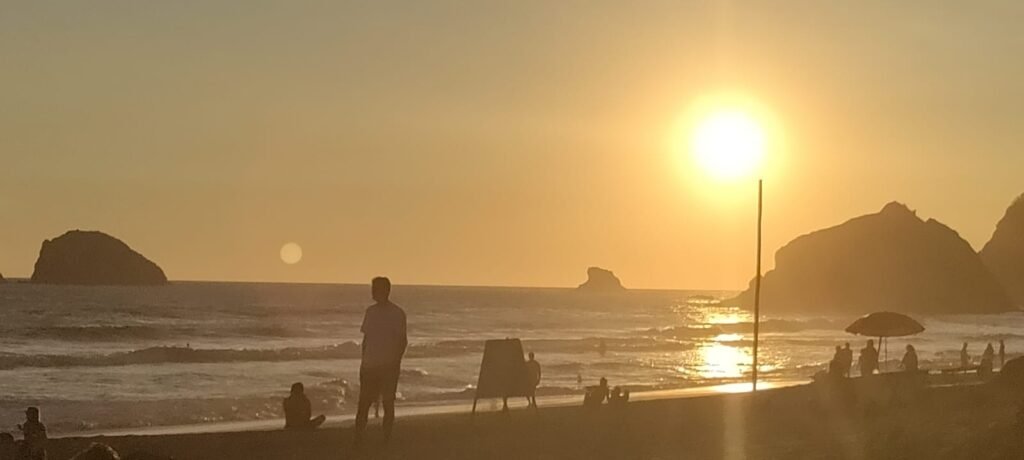


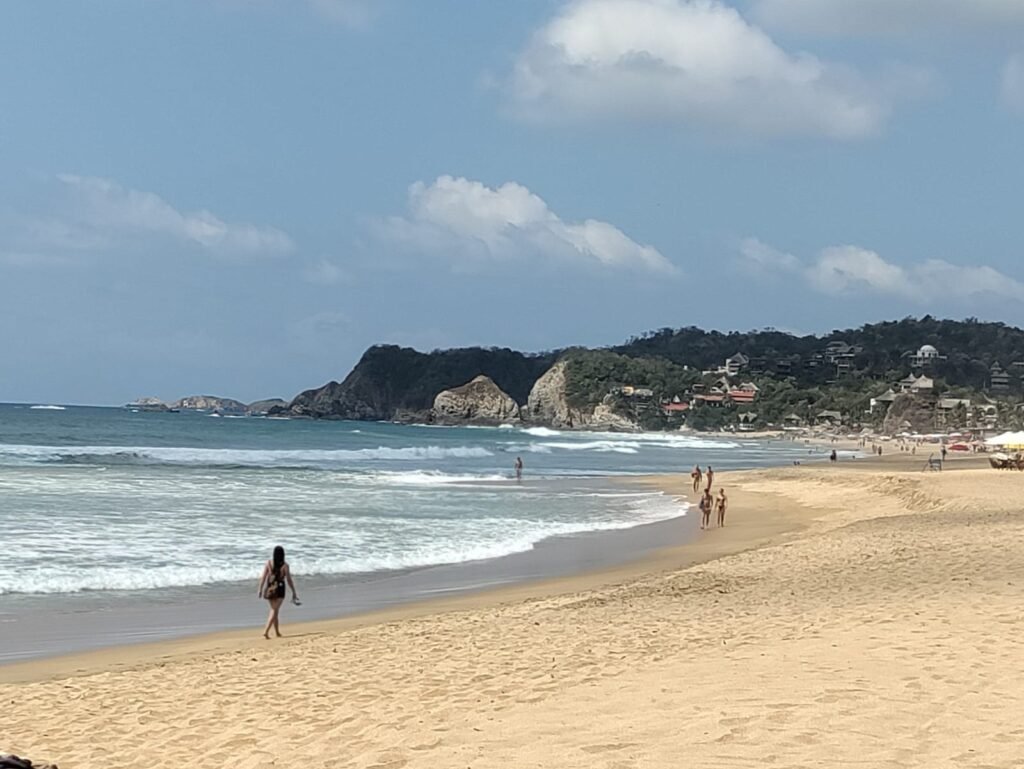
| esto es Nude - صورة Hotel Nude Zipolite & Beach Club - Tripadvisor Hotel Nude Zipolite & Beach Club، Zipolite صورة: esto es Nude – يمكنك الاطلاع على مقاطع فيديو وصور فوتوغرافية غير متحيزة يبلغ عددها 283 عن .. |
| Hostal AleJo Monte Mar - Hotel + Vuelo - PriceTravel ... Zipolite y Playa Amor. Además, este hostal se encuentra a 6,5 km de Playa de Mazunte y a 1,2 km de Zipolite Walkway. HabitacionesTe sentirás como ... |
| Oaxaca Zipolite archivos - Changoonga.com - Noticias de última hora, con un toque acidito STAFF/@michangoonga Por si andabas planeando un viajecito a Zipolite, Oaxaca para echar la caricia, te tenemos una sorpresa, pues las… Leer más ». Más ... |
STAFF/@michangoonga

If you were planning a trip to Zipolite, Oaxaca , to get cozy, we have a surprise for you. Authorities have announced that couples who goof off on the nude beach will be punished with community service.
The measure will be applied to the so-called Playa del Amor , one of the main attractions of this community belonging to the Municipality of San Pedro Pochutla , in the Oaxaca Coast region.
According to El Universal, by community assembly agreement dated March 20, the town of Zipolite agreed to prohibit sexual acts in the beach area, as well as the practice of nudism in the streets of the town.

The minutes of the meeting state that the decision was made after a series of complaints from both visiting tourists and local residents, because at nightfall, Lover's Beach became a hotspot for sex.
"Some people come to have sex and orgies on the public beach, which creates a bad image for local, national, and international visitors who come with families, since our town of Zipolite is a non-exhibitionist nudist beach, where nudism is practiced without morbidity, but others make nudism into sexual practices," local authorities explain in the document where the agreements were established.
It's worth mentioning that the beach will be open from 6:00 a.m. to 9:00 p.m., a lifeguard tower will be installed, and patrols will be in place.
| Playa Zipolite — henc · Lomography - 로모그래피 Playa Zipolite. 사진작가: henc; 업로드: 2010-11-11; 카메라: Lomo LC-A+ (샵에서 구매할 수 있어요); 필름: Fuji Sensia; 도시: Zipolite; 국가/지역: Mexico ... |

| تعليقات حول فندق Hotel Nude Zipolite & Beach Club - Tripadvisor Hotel Nude Zipolite & Beach Club - Zipolite, المكسيك: طالع تعليقات وصور المسافرين عن Hotel Nude Zipolite & Beach Club في Zipolite، المكسيك.
|
|
Indigenous rebellions, foreign invasion and secessionist movements have meant that Mexico’s map has changed dramatically since independence in 1821. Most people are familiar with the territory taken by the United States in the Mexican-American War, but there are several other former Mexican states that no longer exist.
Here are six of them — depending on how you count:
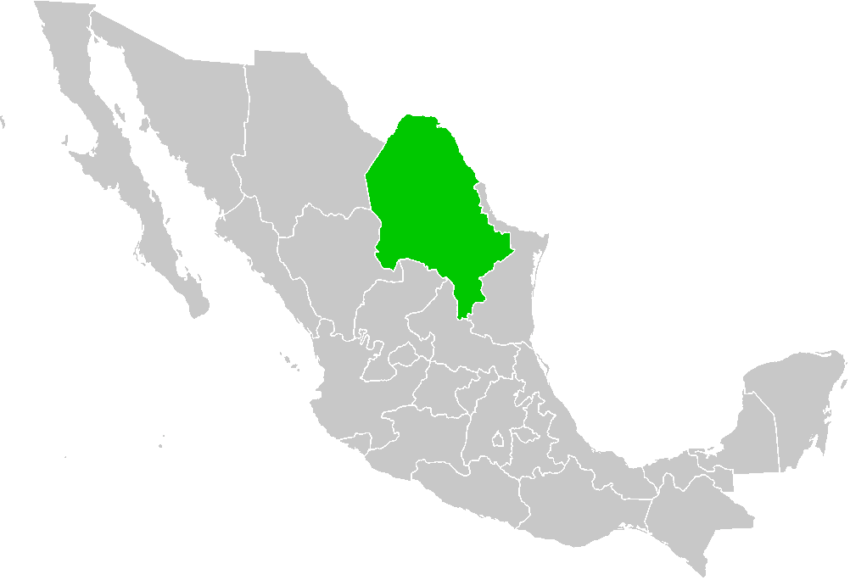
The map of Coahuila has changed many times. While republican Mexico’s first constitution was being drafted, the home of wine in the Americas had been part of the gigantic Internal State of the East. As Coahuila y Tejas, it became the sixteenth Mexican state. In 1840, in the context of a wave of secessionist movements sparked by President Antonio López de Santa Anna’s adoption of a centralist constitution, Coahuila joined Nuevo León and Tamaulipas in forming the short-lived separatist Republic of the Rio Grande.
Arguably, the strangest moment in Coahuila’s territorial history came in the 1850s. When federalists revolted against Santa Anna in the 1854 Ayutla Revolution, the call to rebellion was answered in the northeast by a Nuevo León-born military leader named Santiago Vidaurri, who defeated centralist troops in Monterrey and then marched into Coahuila. Through shrewd politicking and military power, Vidaurri unilaterally annexed Coahuila in 1856, fusing his home state and its neighbor into the state of Nuevo León y Coahuila, which he essentially ruled as his personal domain.
Vidaurri’s move was, of course, completely illegal, but the new Liberal government of the country needed him on their side, and the Constitution of 1857 officially ratified Nuevo León y Coahuila as a state. It stayed that way until 1864, when Vidaurri was executed for having sided with the Second Mexican Empire. President Benito Juárez made Nuevo León and Coahuila two states once again.

While not a state — Mexico didn’t have them yet — nearly all of Central America was once part of the country. Under Spanish rule, the territory that is now Chiapas, Guatemala, El Salvador, Honduras, Nicaragua and Costa Rica made up the Captaincy-General of Guatemala, a sister colony to New Spain.
Central America peacefully declared independence from Spain in September 1821, and its conservative leaders favored annexation into the newly-independent Mexican Empire, a constitutional monarchy. Agustín de Iturbide, who would later become Emperor of Mexico, felt similarly, inviting Central America to join his country. The government of Guatemala City — the region’s de facto government — accepted in January 1822, bringing Mexico to the historic height of its territorial extent. Not all Central Americans agreed with Guatemalan leadership or annexation to Mexico, however, and many Salvadorans, Costa Ricans and Nicaraguans took up arms against it.
Iturbide sent Mexican troops to pacify these regions and was largely successful, but after he abdicated in March 1823, Mexico’s interim government was willing to let Central America decide its own fate. In July of that year, Central America declared independence from Mexico and both countries came into the world as republics: Mexico as the First Mexican Republic and Central America as the United Provinces of Central America. Mexico did keep a piece of the old Guatemala, though: Chiapas voted to remain part of the country in 1824.
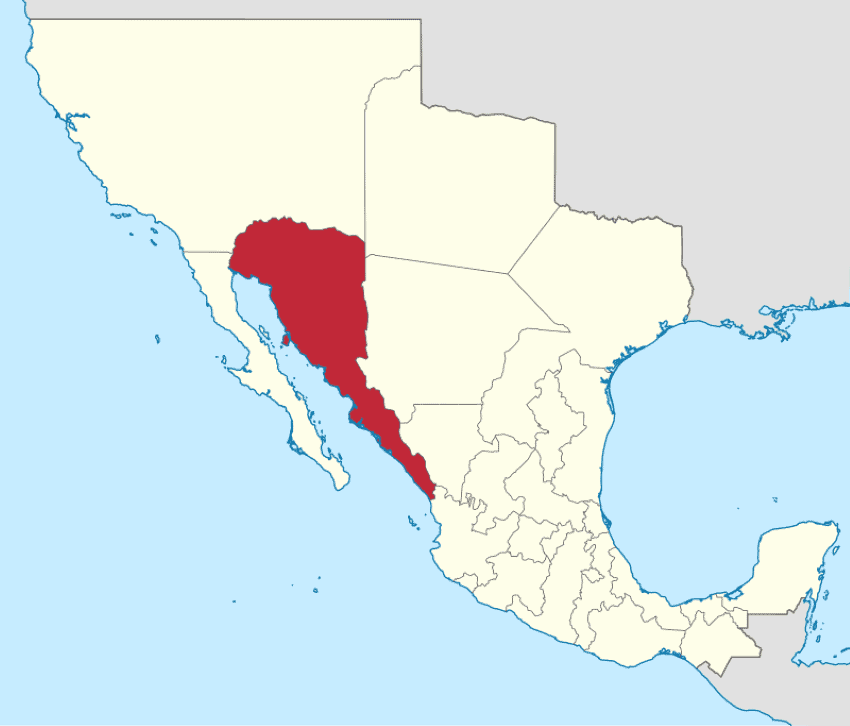
As many Sinaloans and Sonorans will tell you, their states have a lot in common — their natives’ loud, percussive accents, love of baseball and taste for seafood come to mind. These northern Pacific states are neighbors, but they were once something even closer: the single state of Sinaloa y Sonora.
Take a look at the map of early independent Mexico and you’ll quickly notice that while the country’s central and southern states look largely as they do today, the northern states are enormous. In 1824, that made sense: northern Mexico was very sparsely populated by Mexicans and was still under the control of powerful Indigenous nations, so large states initially seemed practical for administrative and defense purposes. Three Estados Internos, or Internal States, were created on the country’s periphery; Sinaloa and Sonora were made the Internal State of the West, also called Sinaloa y Sonora, which included part of modern-day Arizona as well.
Sonora and Sinaloa had frequently been governed as part of the same territory since the colonial era. Though this arrangement fostered a closeness between their populations that persists until today, it also created deep rivalries between the territories’ local elites, who competed for influence and commercial opportunities. Illustrating this rivalry, the state’s capital was moved several times from Sonora to Sinaloa and back again. In 1830, with disagreements becoming untenable and authorities torn about how to respond to Indigenous rebellions, Sinaloa and Sonora finally became the first states admitted to the federation ever to separate.
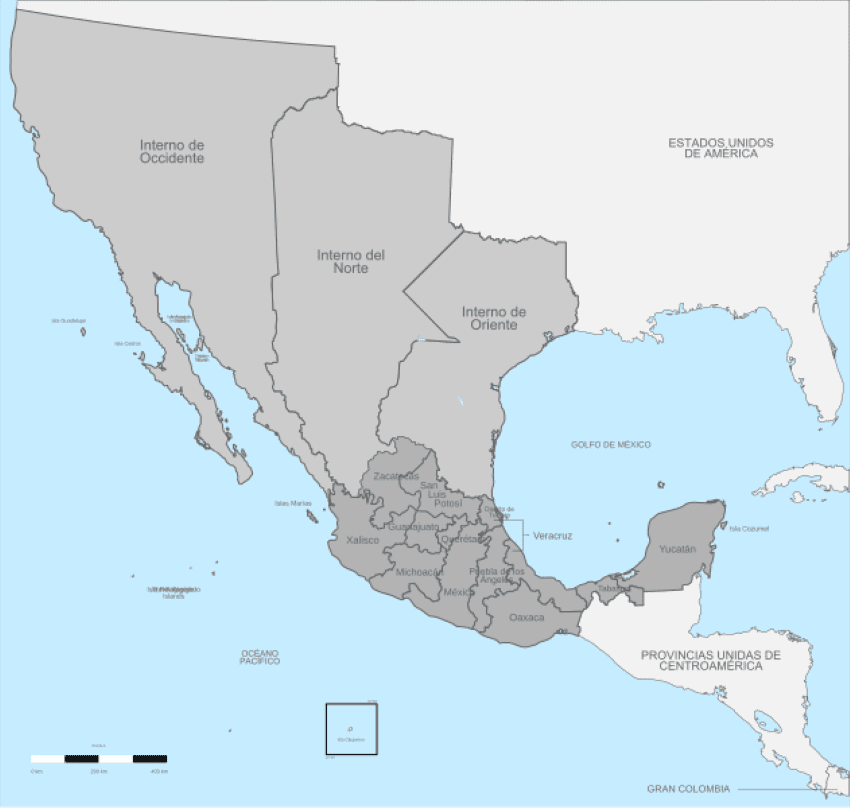
The elite rivalries that dissolved Sinaloa y Sonora were not unique in the Internal States, and in the other two, they didn’t take nearly as long to take effect. Under the Constitutive Act of 1824 — the law of the land while the Constitution of 1824 was being written — the Internal State of the North comprised Durango, Chihuahua and New Mexico, while the State of the East encompassed Coahuila, Nuevo León, Tamaulipas and Texas.
The State of the East included two major cities — Monterrey in Nuevo León and Saltillo in Coahuila — that had been commercial and political rivals since the 1600s and carried their rivalry into the independence period, angling to become the capital of the mega-state. When it became clear that this would not be possible, their leaders began advocating for separation and soon joined the republic as independent states.
Chihuahua and Durango had been governed together by Spain as the province of New Biscay, an arrangement that had worked out better for Durango, which was wealthier and more heavily populated. The two were turned into separate provinces after the collapse of the First Mexican Empire but were joined again as the State of the North in 1823, with a surprising development: the less affluent Chihuahua would be the state’s provisional capital. The Durango elite did not like this at all and agitated for separation, which they got in May 1824; in July of that year, Chihuahua became a state, while New Mexico became a territory.
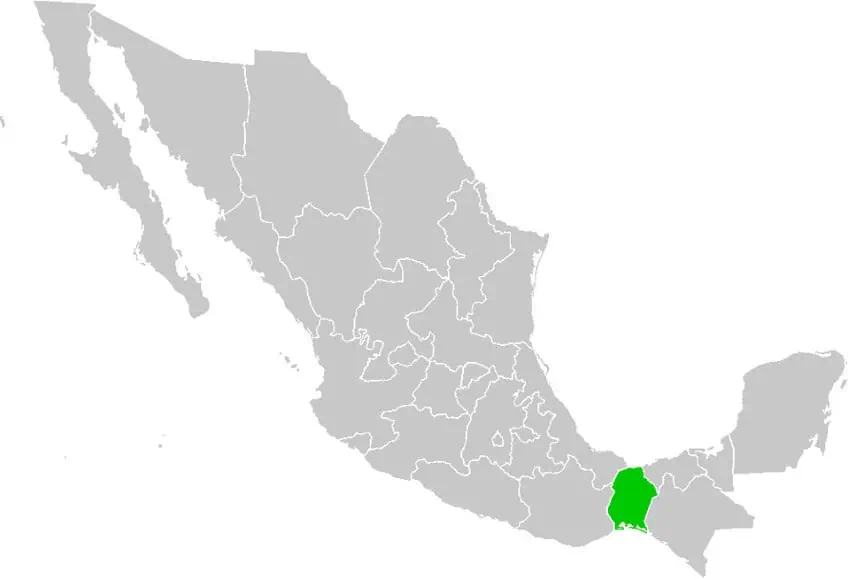
Set in the narrowest part of the Isthmus of Tehuantepec, which runs between the Oaxaca and Veracruz coastlines, Congress declared the foundation of the Province of the Isthmus in 1823. Encompassing the districts of Acayucan and Tehuantepec in present-day Veracruz and Oaxaca, respectively, the province was immediately wracked by conflict, as the government aimed to distribute the area’s rich salt flats and what it called its “wastelands” to retired military officers and settlers. There was a problem: these resources were communally owned by the area’s Indigenous Zapotec majority, who had not been asked.
Congress abolished the province in 1824, but life had been breathed into the spirit of local and Indigenous separatism in the region between the Atlantic and the Pacific, critically important for national governments from the nineteenth century down to our own time. Unlike the other disappeared states and provinces on this list, the Province of the Isthmus was briefly resurrected after its first death, reestablished in 1852 and dissolved again in 1855, during the Porfiriato.